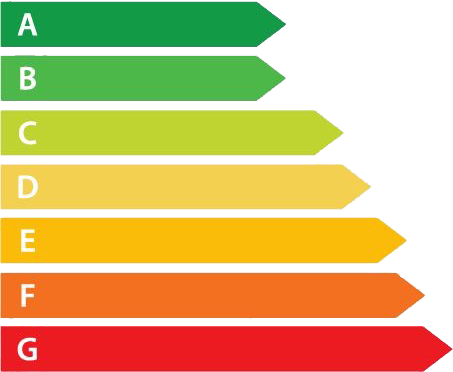THE GSES ASSETS SCORECARD
Measure your assets sustainability performance with the Global Sustainable Enterprise System
Latest flash news on your assets scorecard
ABB x GSES collaborating on enabling real-time GHG emissions monitoring to keep track on GSES Asset Scorecards
What’s the solution?
The GSES solution offers asset owners the necessary tools for measuring, monitoring, and communicating sustainability performance. Currently, there is a lack of a comprehensive approach to assessing the sustainability performance of projects/assets, leading to flawed decision-making and reporting at the corporate level. Stakeholders worldwide, including investors and government regulators, are increasingly seeking to hold corporations accountable for their sustainability performance. While some corporations are making progress in implementing better sustainability policies and communicating their goals, the focus remains mainly on the corporate level and often excludes project or asset-level sustainability data. Even when relevant data is available, it may not be intelligent in terms of sustainability, lacks detail, and is not integrated with the overall corporate sustainability profile or strategy.
Please note that our solution primarily addresses fixed assets, such as plants, equipment, and buildings.
Ready to be sustainable?
Why this solution?
Our clients are facing many challenges on sustainability performance measurement and reporting. To effectively assess their overall footprint they need to include the measurement of their assets. This way, clients are provided with a single point for comprehensive and actionable data rather than a variety of disjointed reports to be filed. They can therefore aggregate the overall sustainability performance of their asset portfolio.
Measuring the sustainability performance of an asset has several benefits, including:
Identifying Environmental Impact:
Sustainability metrics can help assess the asset's environmental impact, such as its carbon footprint, water usage, waste generation, and emissions. This information allows stakeholders to understand the asset's contribution to climate change and resource depletion.
Risk Management:
Assessing sustainability performance can help identify potential risks related to environmental, social, and governance (ESG) factors. Understanding these risks enables stakeholders to make informed decisions and take appropriate actions to mitigate them.
Cost Savings:
Improving sustainability performance often leads to increased resource efficiency and reduced waste generation, which can result in cost savings over the asset's operational life.
Enhanced Reputation:
Demonstrating strong sustainability performance enhances the asset owner's reputation as a responsible and environmentally conscious entity. This can lead to increased trust from customers, investors, and the general public.
Compliance and Regulation:
Measuring sustainability performance helps ensure compliance with environmental regulations and industry standards. Avoiding non-compliance issues can prevent legal penalties and reputational damage.
Attracting Investors:
Many investors are now considering sustainability factors in their investment decisions. An asset with strong sustainability performance is more likely to attract socially responsible investors and access a broader pool of funding options.
Long-term Viability:
A sustainable asset is more likely to have a longer operational life and remain resilient in the face of changing environmental and societal challenges.
Stakeholder Engagement:
Sustainable practices often involve engaging with stakeholders, including local communities, employees, and suppliers. This engagement fosters positive relationships and can lead to valuable input and support.
Innovation and Efficiency:
Evaluating sustainability performance can drive innovation in processes, technologies, and business models, leading to increased efficiency and competitiveness.
Global Goals Alignment:
Measuring sustainability performance contributes to broader global goals, such as the United Nations Sustainable Development Goals (SDGs). Aligning with these goals demonstrates a commitment to making a positive impact on a global scale.
Overall, measuring sustainability performance provides a comprehensive understanding of an asset’s impact on the environment, society, and governance aspects, which can lead to improved decision-making, reduced risks, and enhanced long-term value.
How does it work?
Collect operational and technical data from an asset relating to its sustainability performance. Our collaboration with ABB allows us to enable real-time data collection.
Translate the collected data into footprint scores, both overall and per selected footprint, for the asset. [check out our Product Footprint page to learn more]
Arrange for the information collected to be verified externally to ensure the credibility of the sustainability performance score - thanks to Audit Independer, a company facilitating third-party audits from certification agencies that are recognised under the board of accreditation they operate under (each country has its own board of accreditation).
Provide clients with a single point for comprehensive and actional data rather than a variety of disjointed reports to be filed.

Plant
Borås District Heating Plant
Sweden
Borås
1965 est.
3000 m2
District Heating Plant of the city of Borås • >300km district heating pipes in Borås • >30.000 households (apartments and houses) • Combined Heat and Power, new CHP-plant in 2019 • 37.000 m3 TES (accumulator) • Yearly sales; DH 630 GWh, DC 8 GWh,, Electricity 170 GWh
Energy label

The carbon footprint of this asset is:
Real Time: 0.08 kg of CO2

